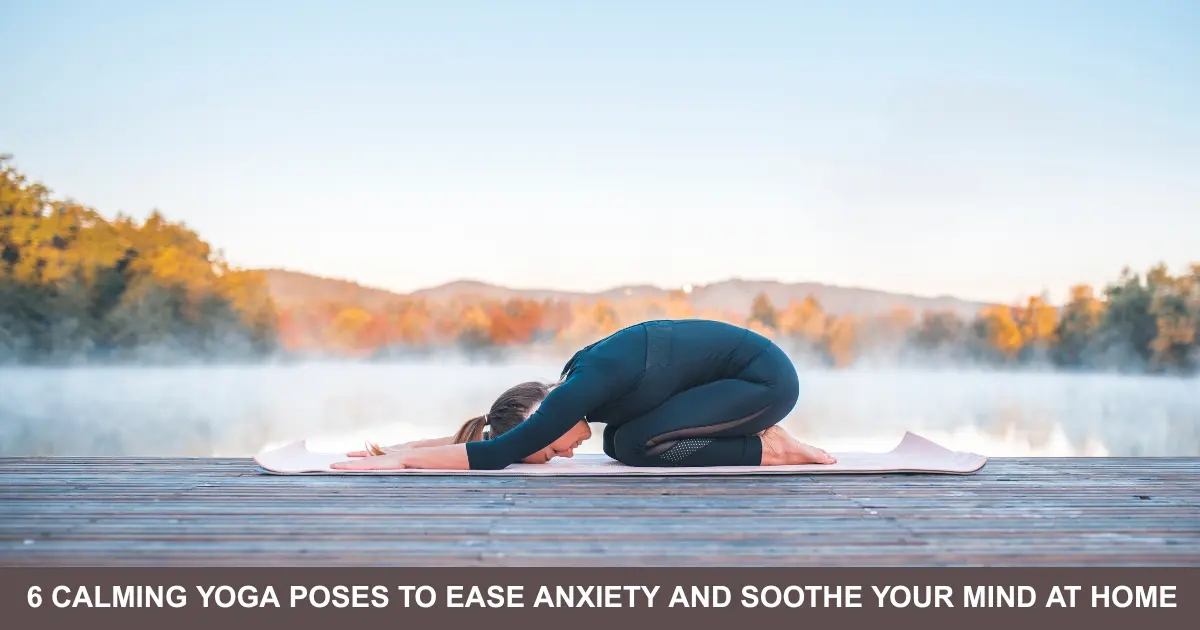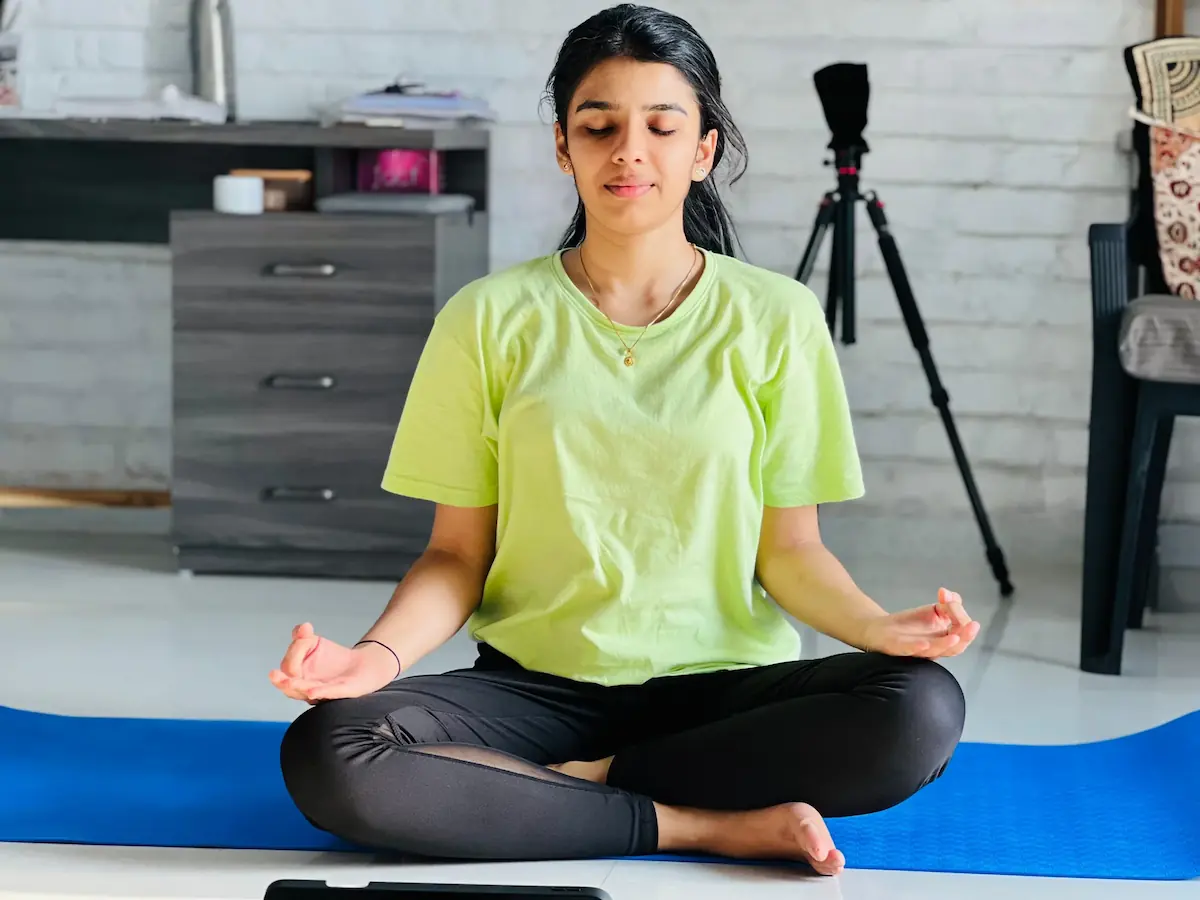Start Your Inner Calm Journey at Home
In today’s fast-paced world, anxiety often feels like an unwelcome guest that won’t leave. But what if you could find calm, balance, and emotional ease right in your living room? Yoga, a gentle and mindful practice, offers a simple way to soothe your mind and body no fancy studio or prior experience needed. Just a mat, a few deep breaths, and your willingness to try. Here are 6 beginner-friendly yoga poses that can help you reduce anxiety and feel more grounded.
Child’s Pose (Balasana)

The posture of rest and safety
How to do it:
- Kneel on the floor and sit back on your heels.
- Spread your knees apart while keeping your big toes touching.
- Fold forward, bringing your forehead to the mat.
- Stretch your arms forward or let them rest beside your body.
- Breathe deeply and stay for 1-2 minutes.
Benefits:
- Calms the nervous system
- Relieves fatigue and tension in the spine
Tips:
Place a pillow under your torso if you feel discomfort. Avoid if you have severe knee pain.
Legs-Up-The-Wall Pose (Viparita Karani)
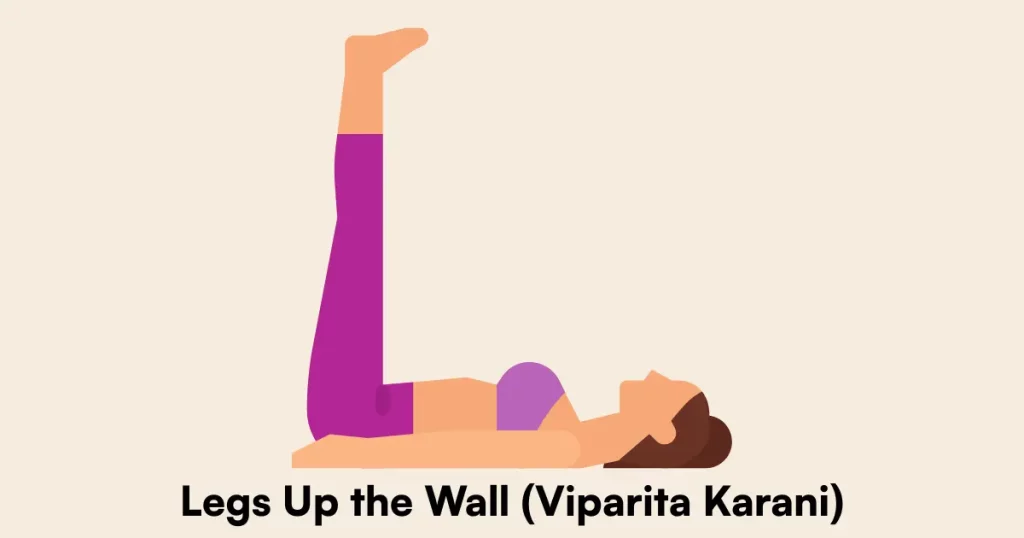
A gentle inversion for ultimate relaxation
How to do it:
- Sit sideways next to a wall, then lie back and swing your legs up the wall.
- Adjust your hips close to the wall and let your arms rest by your sides.
- Close your eyes and breathe deeply. Stay for 5-10 minutes.
Benefits:
- Reduces anxiety and fatigue
- Improves blood circulation and calms the mind
Tips:
Use a folded blanket under your hips for support. Avoid during menstruation or if you have glaucoma.
Cat-Cow Stretch (Marjaryasana–Bitilasana)
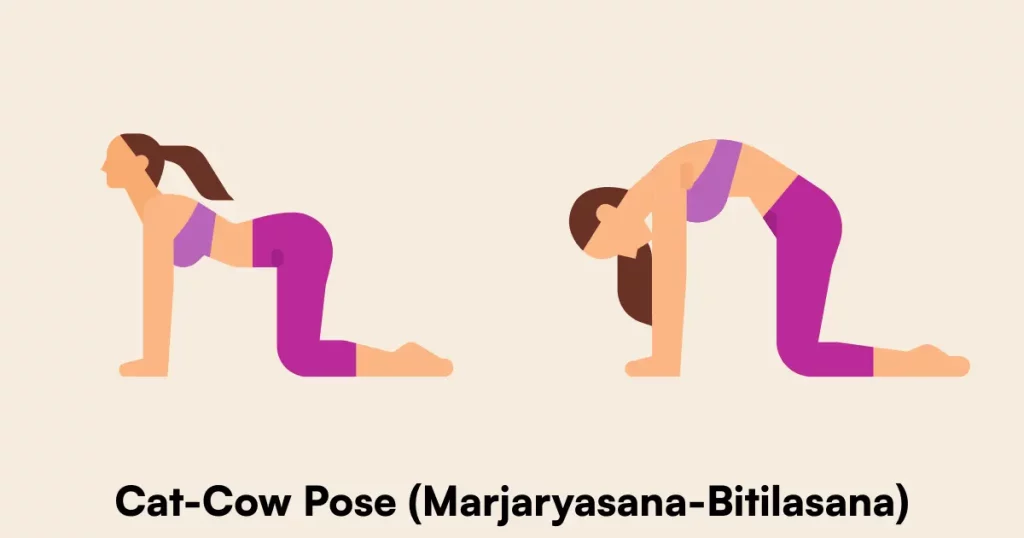
A moving meditation for spine and mind
How to do it:
- Start on all fours with hands under shoulders and knees under hips.
- Inhale, arch your back and lift your head and tailbone (Cow).
- Exhale, round your spine and tuck your chin (Cat).
- Repeat slowly for 5-10 rounds, syncing breath and movement.
Benefits:
- Releases tension in the spine and neck
- Brings awareness to breath and body
Tips:
Move gently especially if you have back issues. Focus on deep breathing for best results.
Seated Forward Bend (Paschimottanasana)
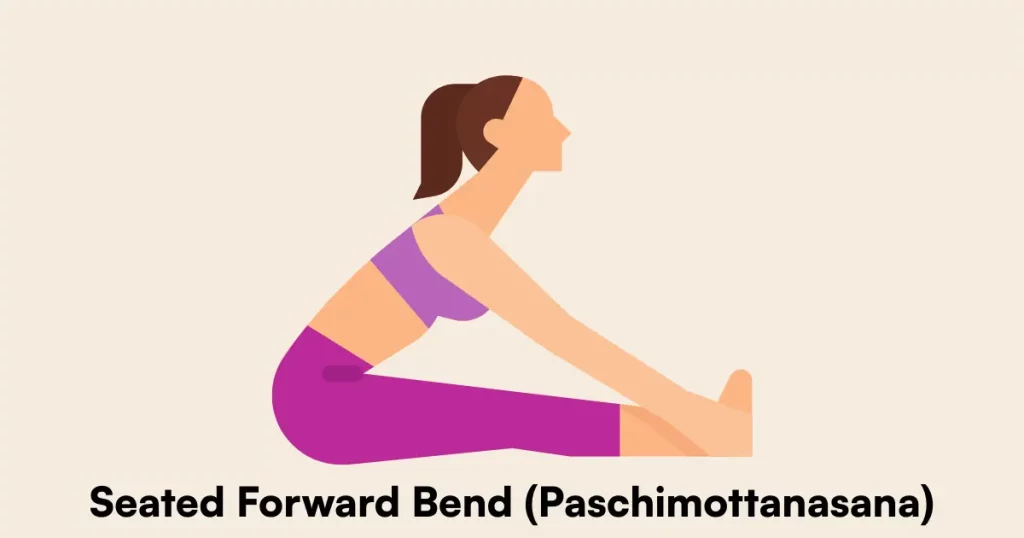
Encouraging stillness and self-reflection
How to do it:
- Sit with legs stretched out in front of you.
- Inhale and lengthen your spine.
- Exhale and fold forward, reaching for your feet or shins.
- Relax your head and breathe slowly for 1-2 minutes.
Benefits:
- Slows heart rate and soothes nervous energy
- Stretches the spine and hamstrings
Tips:
Bend knees slightly if your hamstrings are tight. Avoid rounding the back too much.
Reclining Bound Angle Pose (Supta Baddha Konasana)
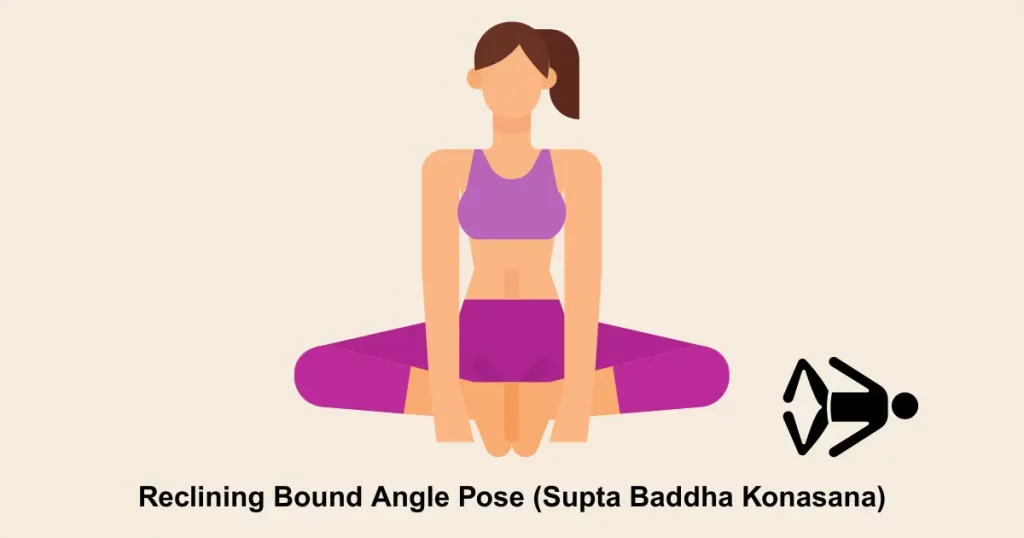
A pose for emotional release and inner calm
How to do it:
- Lie on your back and bring the soles of your feet together, knees falling to the sides.
- Place cushions or blocks under your knees if needed.
- Let your arms rest beside you, palms up.
- Breathe deeply and stay for 3-5 minutes.
Benefits:
- Opens the chest for deeper breathing
- Reduces stress and tension in the hips
Tips:
Cover yourself with a blanket for added comfort. Great before bedtime.
Corpse Pose (Savasana)
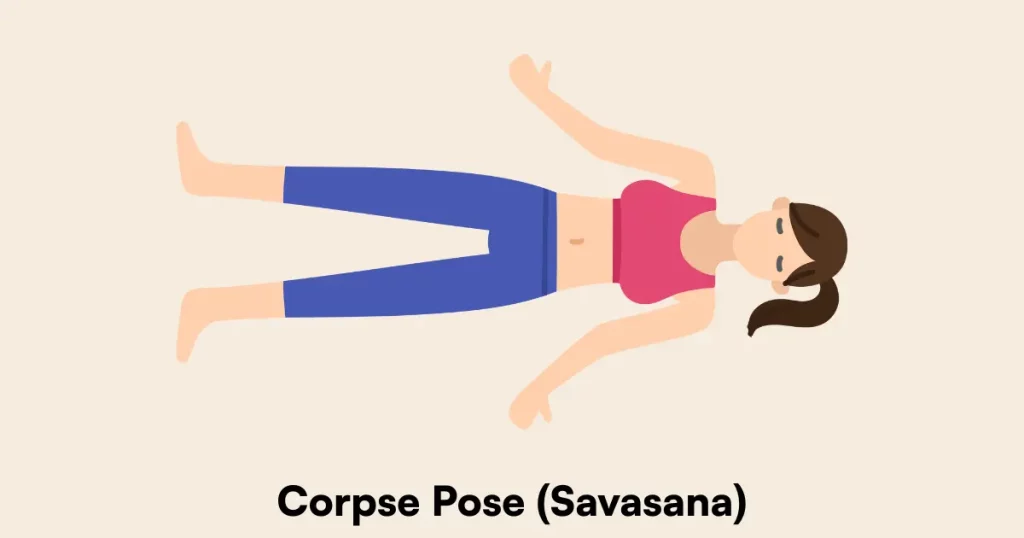
The final surrender to peace
How to do it:
- Lie flat on your back with arms and legs comfortably apart.
- Close your eyes and breathe naturally.
- Bring awareness to each part of your body, consciously relaxing it.
- Stay in this stillness for 5-10 minutes.
Benefits:
- Deeply relaxes the body and mind
- Activates the body’s rest-and-digest system
Tips:
Use an eye pillow for better relaxation. Ideal at the end of any yoga session.
Conclusion: A Few Minutes a Day Can Make a Big Difference
Practicing just a few of these poses daily can gently guide your body and mind into a calmer state. You don’t need to be flexible or experienced just consistent. Start with what feels comfortable and give yourself permission to slow down. Your breath is your anchor, and yoga is your toolkit for emotional balance.
FAQs:
Q1. Can beginners try these yoga poses at home?
Absolutely! Each of these poses is gentle and beginner-friendly. Just follow the steps slowly and mindfully.
Q2. When is the best time to practice these poses?
Early morning or before bedtime are ideal for anxiety relief, but anytime you feel overwhelmed is perfect.
Q3. How long should I hold each pose?
Start with 1–2 minutes per pose and gradually increase. Always listen to your body.
Q4. Do I need props like yoga blocks or straps?
Not required, but cushions, pillows, or blankets can make poses more comfortable.
Q5. Can yoga replace therapy or medication for anxiety?
Yoga can be a powerful tool, but it’s best used alongside professional support, not as a replacement.
